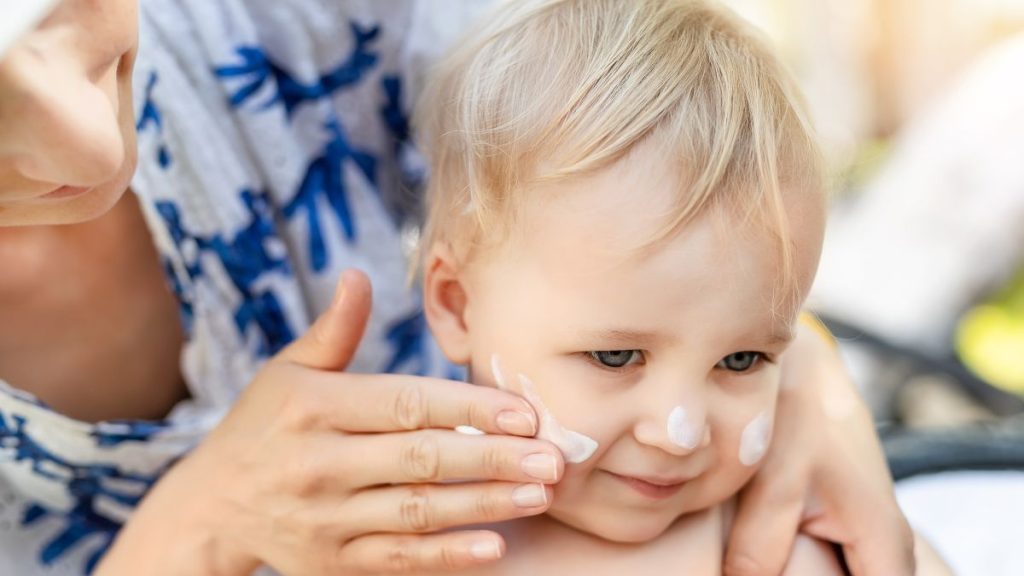A Scottish mother was left heartbroken after her one-year-old daughter suffered severe sunburn despite wearing Factor 50 sunscreen
Others are reading now
A Scottish mother was left heartbroken after her one-year-old daughter suffered severe sunburn despite wearing Factor 50 sunscreen.
Lauren Leishman had applied what she believed to be a high-protection cream, yet her baby, Rhegan, ended up with painful blisters after a day out at a farm show in Haddington. The case has raised serious concerns over sunscreen reliability especially when it comes to protecting children.
Sunscreen Gone Wrong: What Happened to Baby Rhegan?
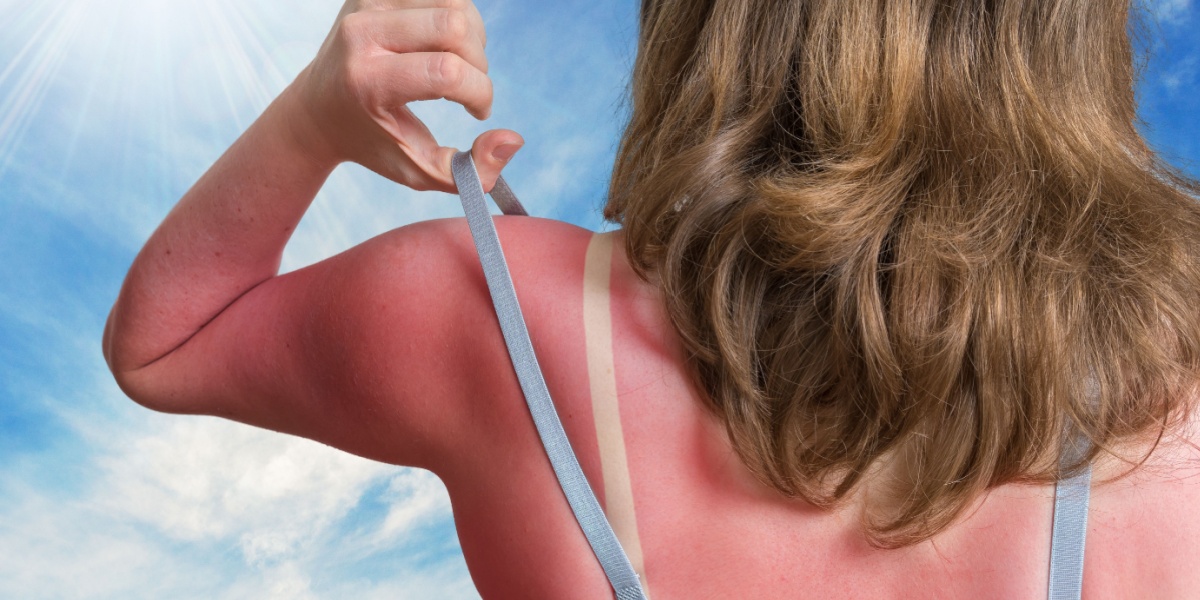
Lauren used Malibu Kids Factor 50, which claimed to be “clinically proven” and “kind to skin.” But within hours, Rhegan’s face and hands were blistered and red. She was rushed to the Royal Hospital for Children & Young People in Edinburgh.
Also read
After posting online, Lauren discovered she wasn’t alone, other parents had also reported problems with the same brand. Here is how to make sure your sunscreen is doing its job.
Rule One: Always Check the Expiration Date
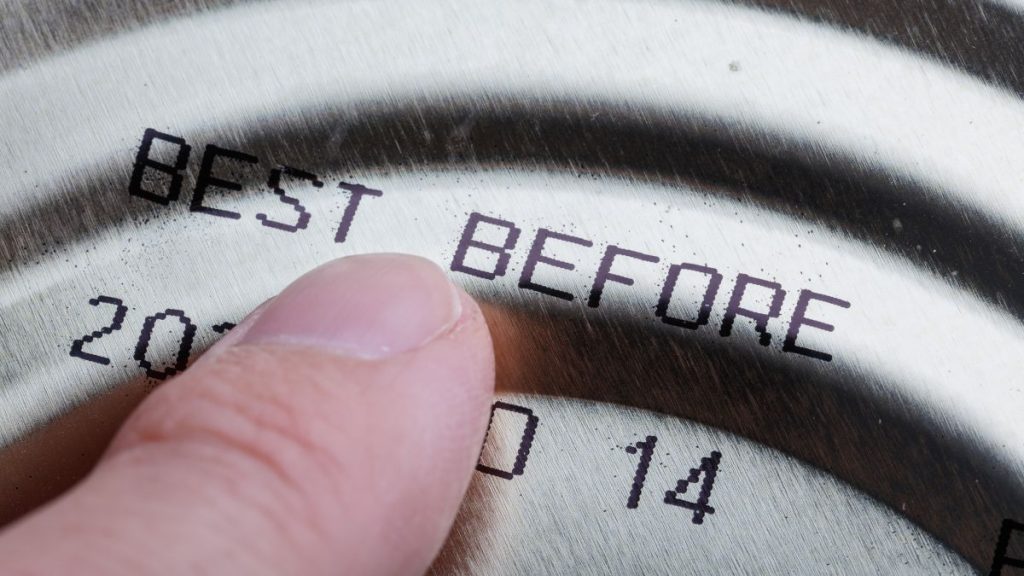
Sunscreen doesn’t last forever. Most have a shelf life of about three years, but once expired, they lose their effectiveness.
Always check the date on the bottle before applying, and look out for any changes in texture if it’s become watery, grainy, or separated, toss it out. Applying expired sunscreen is like wearing no sunscreen at all.
Know Your UVA Star Rating—Not Just the SPF
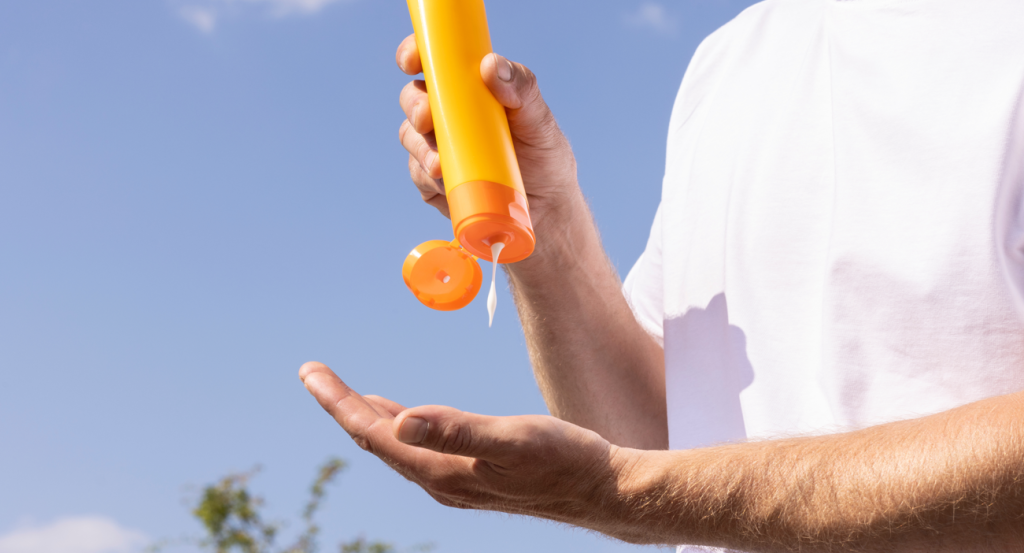
While SPF gets most of the attention, it’s only half the story. SPF protects against UVB rays, which cause sunburn. But UVA rays, present even on cloudy days can penetrate glass and cause long-term skin damage, aging, and even cancer.
In the UK, the UVA star system (developed by Boots) ranks protection from 0 to 5 stars. You should aim for a sunscreen with at least a 4-star UVA rating.
SPF Explained: It’s About Time, Not Total Coverage
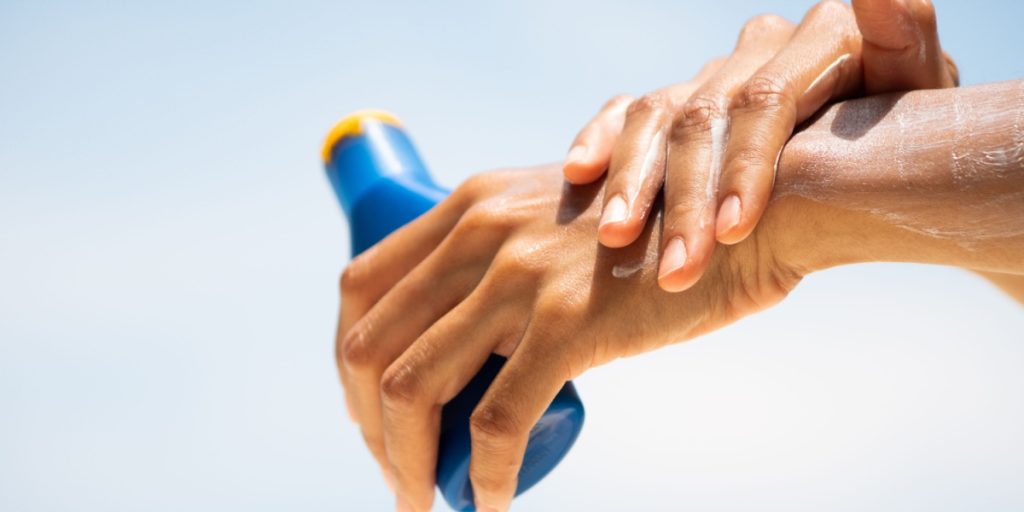
SPF stands for Sun Protection Factor and tells you how much longer you can stay in the sun without burning. For example, SPF 15 multiplies your skin’s natural protection by 15 times.
SPF 50 offers even greater defense, but only if applied properly and combined with good UVA protection. A high SPF without UVA coverage still leaves skin vulnerable to deeper damage.
Application Matters More Than You Think
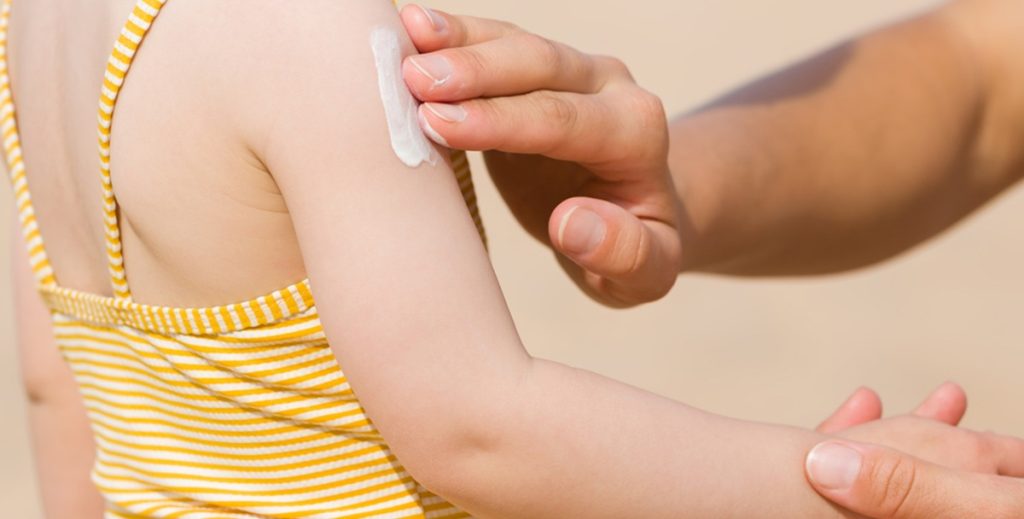
Even the best sunscreen won’t help if it’s not applied generously and often. Experts recommend using at least a shot glass full for the body and reapplying every two hours, or more frequently if swimming or sweating.
A single morning application won’t last all day, especially on young, sensitive skin.
Water-Resistant Doesn’t Mean Waterproof
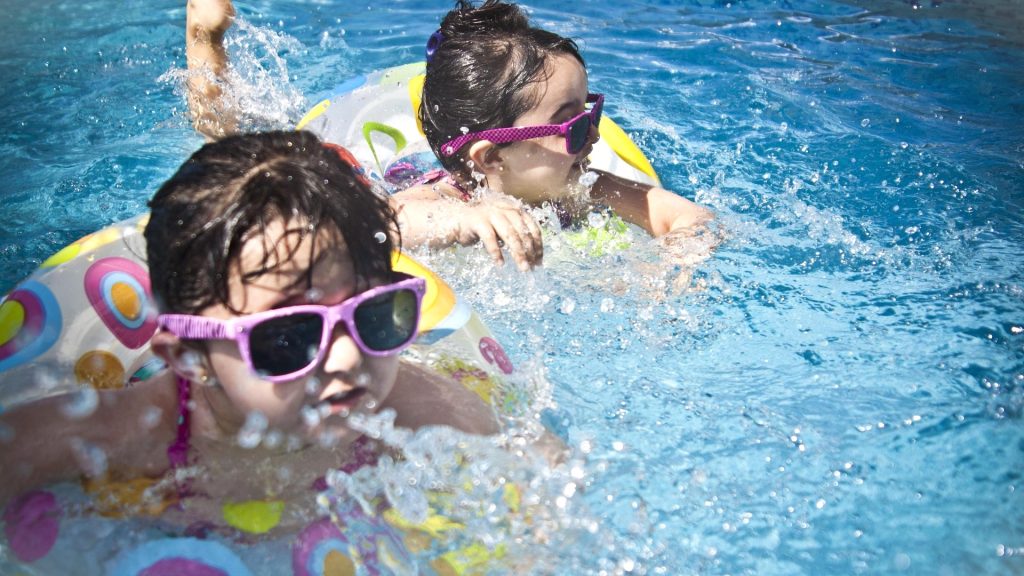
Many sunscreens claim to be water-resistant, but this only means they maintain some level of protection for a limited time in water, usually 40 to 80 minutes. After swimming or toweling off, sunscreen must be reapplied immediately.
Don’t assume your child is protected just because the label says “water-resistant.”
Look Beyond the Marketing

Words like “kids,” “sensitive skin,” or “dermatologist-tested” may sound reassuring, but they’re often just marketing terms. Instead, rely on data-backed indicators like UVA star ratings, SPF numbers, and trusted brand reputation.
Read reviews and do a quick online search if you’re trying a product for the first time.
What Parents Should Watch For

Babies and toddlers have thinner skin, making them more susceptible to burns and irritation. Always test a new sunscreen on a small patch of skin first, ideally 24 hours before full application.
Keep babies under 6 months in the shade whenever possible, and dress them in UV-protective clothing for extra safety.

